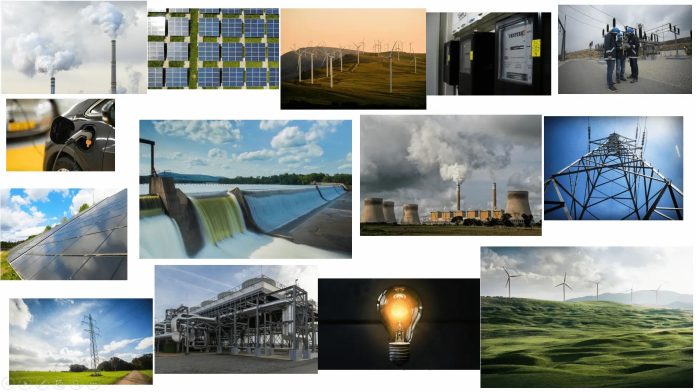Croatia, just like the rest of Europe is facing the winter of 2022 with numerous uncertainties and apprehensions because of the growing energy prices. Although October was an above-average warm month, colder days in November resulted in increased energy consumption. How consumption impacted the electric energy trends in Croatia and how much energy we produced and imported is the topic of this report. The data available on the websites of HEP, HOPS, HROTE, CROPEX, NE Krško, ENTSO, DZS, RTE Electrica, World Data, IEA, EEX, EPEX was used in the analysis of the electric energy conditions in the Republic of Croatia for the month of November drawn up by eng. Marko Lovrić.
The consumption of electric power in November of this year amounted to 1.428 GWh and was lower by 116 GWh than in the same month last year due to warmer weather in 2022.
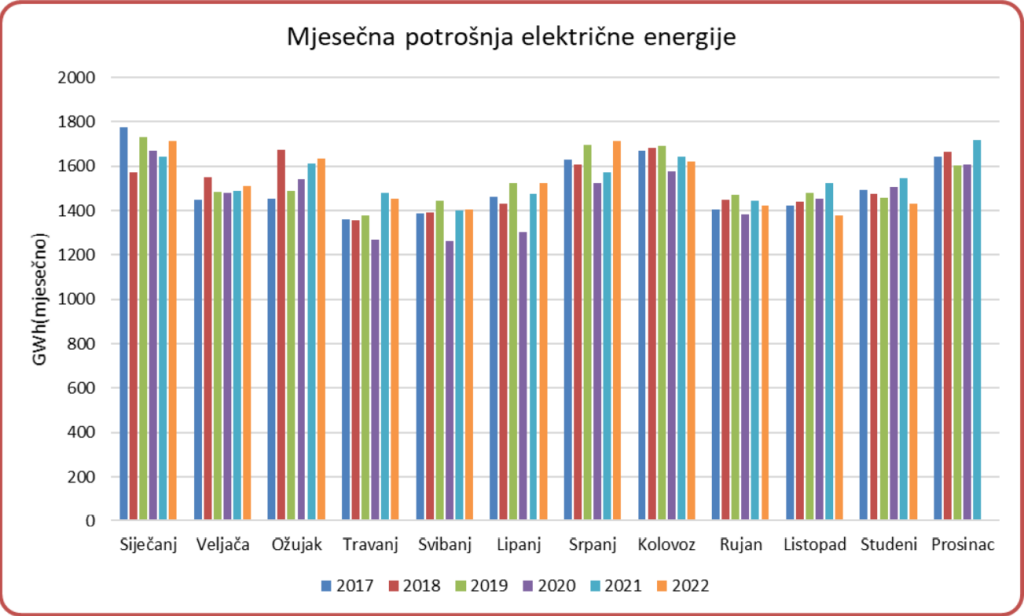
The average hourly price of electricity in November amounted to 222.46€/MWh and was higher by 6.65€/MWh in comparison to November of last year. At the end of the month at the system’s load peak, the prices went beyond 500€/MWh.
The average price of electricity in the first eleven months of this year was 274.55€/MWh and is higher by 172.50€/MWh in relation to the same period the previous year which is 269% higher.
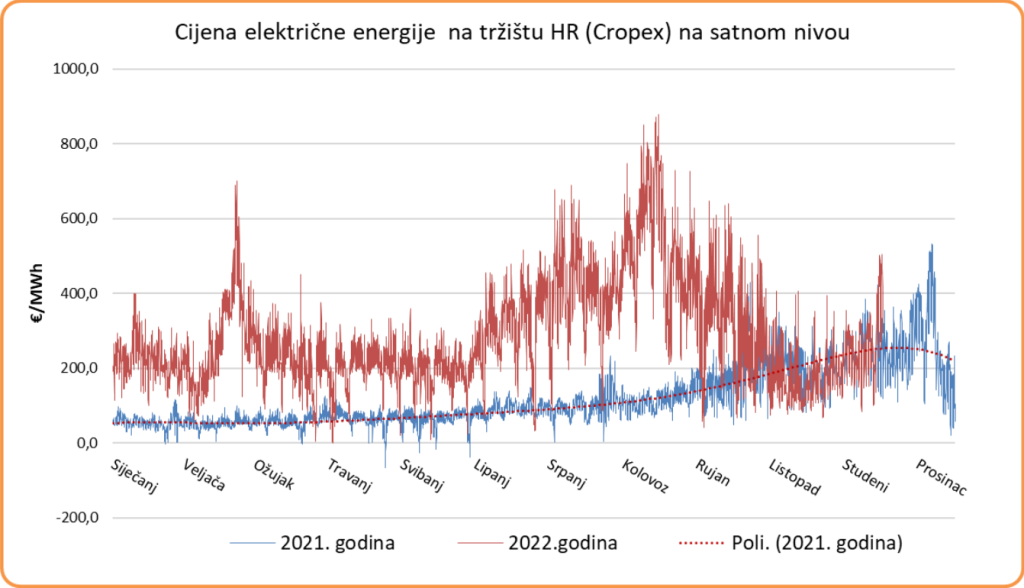
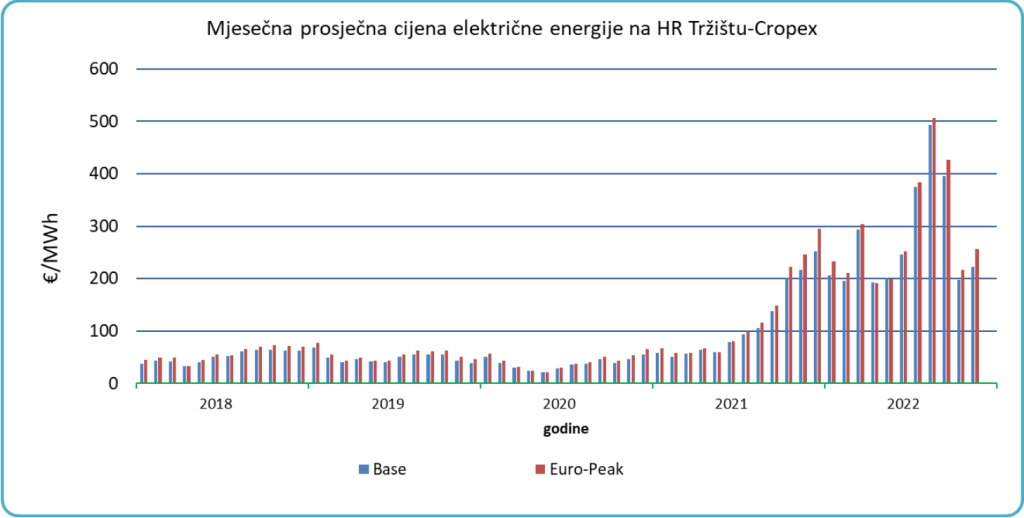
November registered a rise in the daily consumption and load peak primarily due to colder weather and the beginning of the heating season. And, due to the weaker flow of water the production in hydroelectric power plants decreased in the first half of November, it was necessary to boost the production of gas hydroelectric plants and buy energy on the market. However, that changed in the second half of the month when due to frequent rainfall and a more powerful flow of water the production of hydroelectric power increased. At the same time higher production from wind farms was registered. The nuclear power plant Krško also began full production after the completion of its annual overhaul.
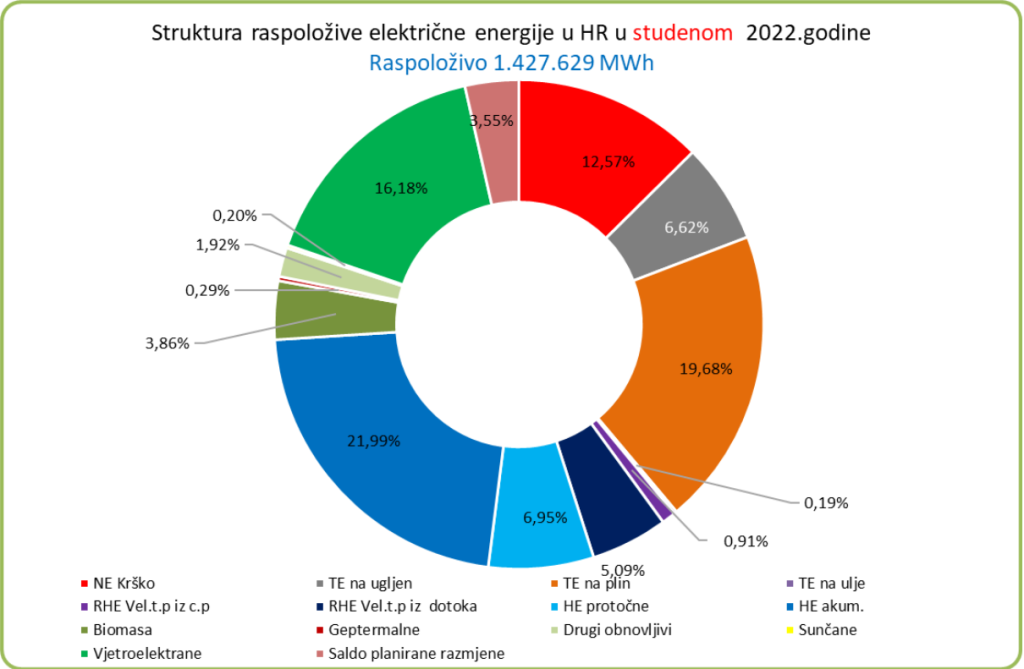
The structure of the available electricity in November amounted to 1.427.629 MWh, the largest share being produced by hydroelectric power plants at 28.94%, followed by gas thermal plants at 19.68% and wind farms with a share of 16.18% Due to the higher production of hydroelectric plants and wind power plants, in November only 51 GWh of electricity was imported while in the eleven month period of this year, we imported 2.303 GWh of electricity. In the first 11 months of this year, consumption amounted to 16.809 GWh, and is lower than in the same period last year.
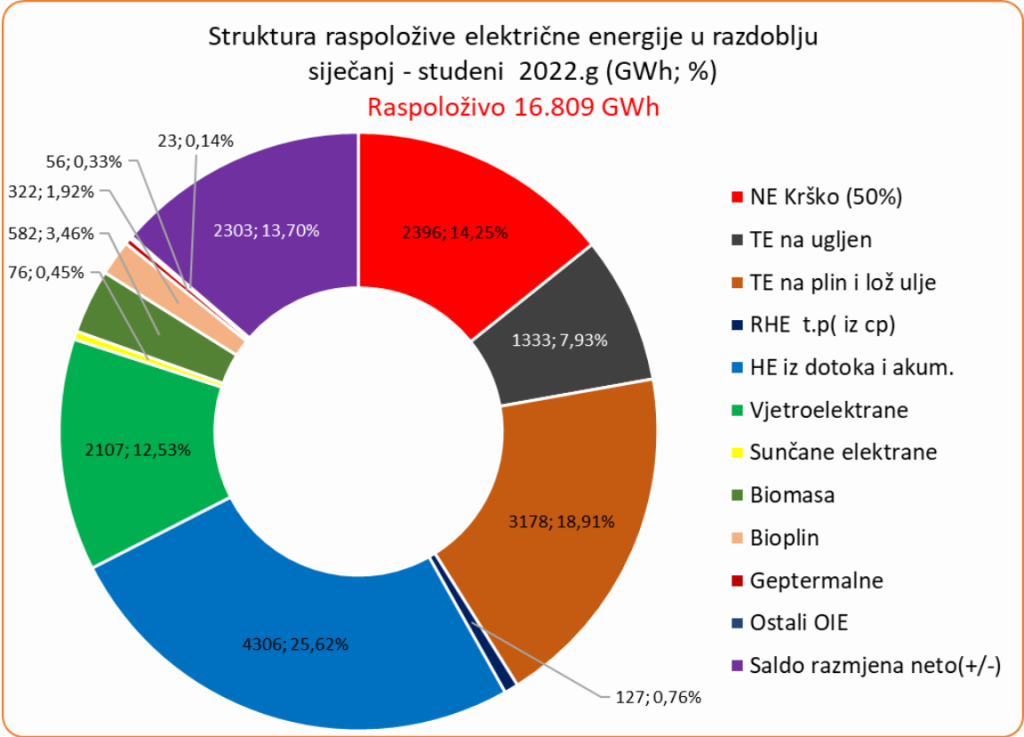
In the structure of available electric power, renewable energy sources participated with 57% and accounted for the consumption of 410 hours in November. In the first eleven months the share of RES in the structure of available electricity was 44%.
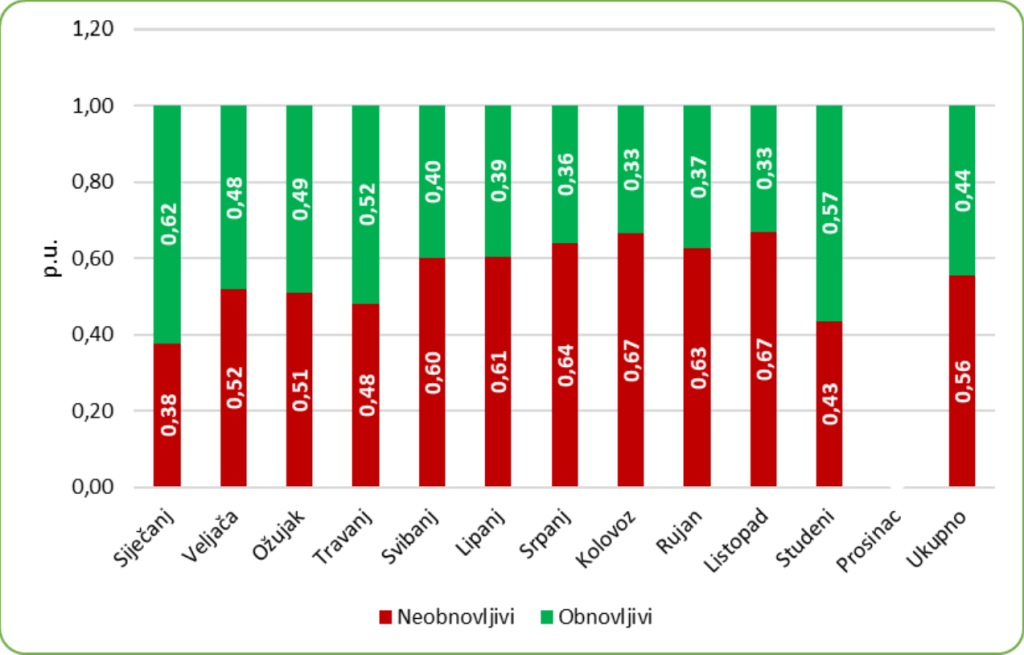
The production from wind farms in November was particularly significant. Namely, precisely at 5 pm on November 19, Croatian wind power plants produced 2 TWh of electricity. The viewed period was from midnight January 1, 2022 to 5pm on November 19.
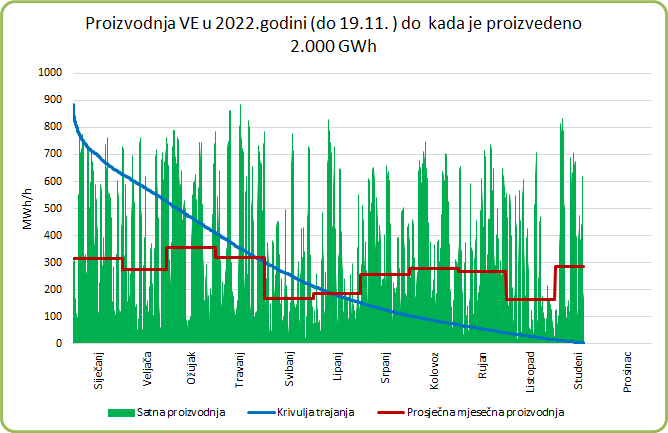
The overall production of WF in the month of November was 231 GWh, and the power use factor was 32,7%
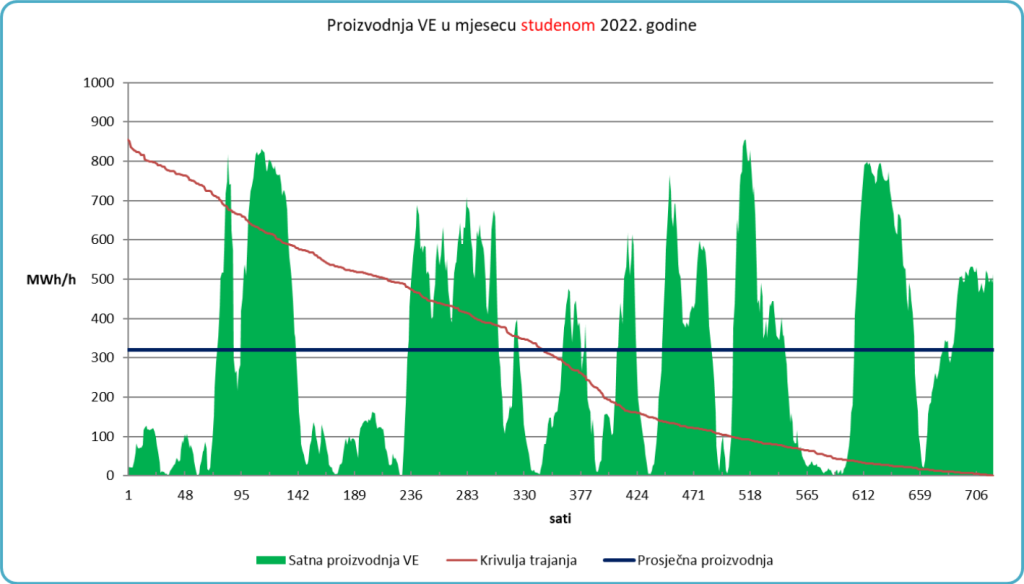
In the first eleven months of this year, wind farm plants produced 2.107 GWh of electricity while the average production in November amounted to 320.8 MWh.
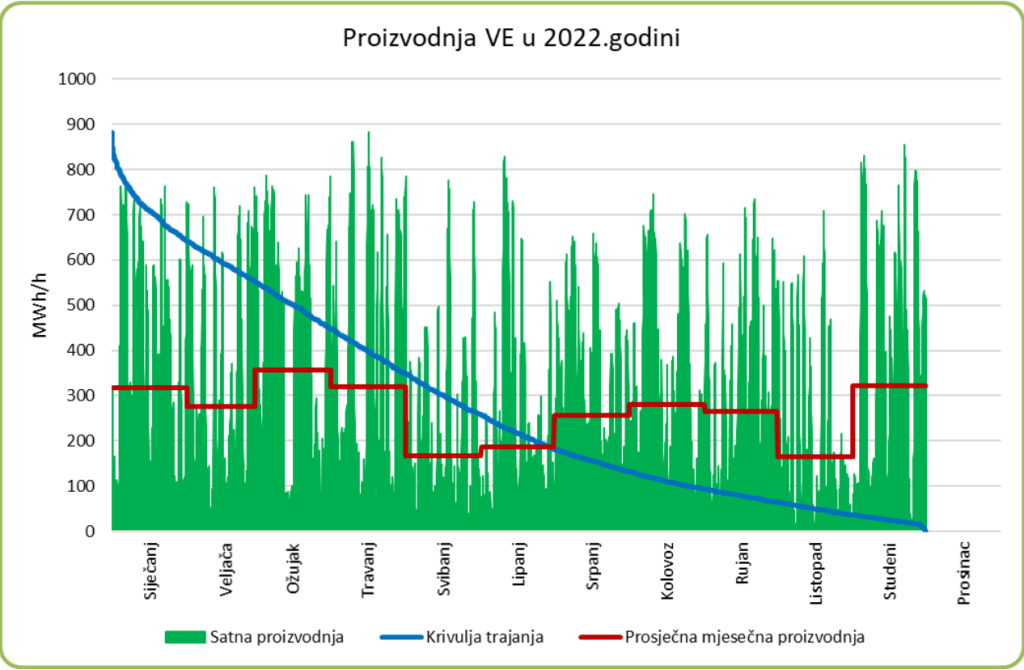
The message of the European Commission is that the development of renewable energy sources is the only and most certain way to energy self-sufficiency and security. The high prices of energy have forced Croatia and the rest of Europe to accelerate their development, but it doesn’t happen overnight. The existing RES capacities are not sufficient for satisfying the energy needs of Croatia and it is necessary to accelerate the development of new projects. How the forthcoming winter period will impact our consumption is yet to be seen.


